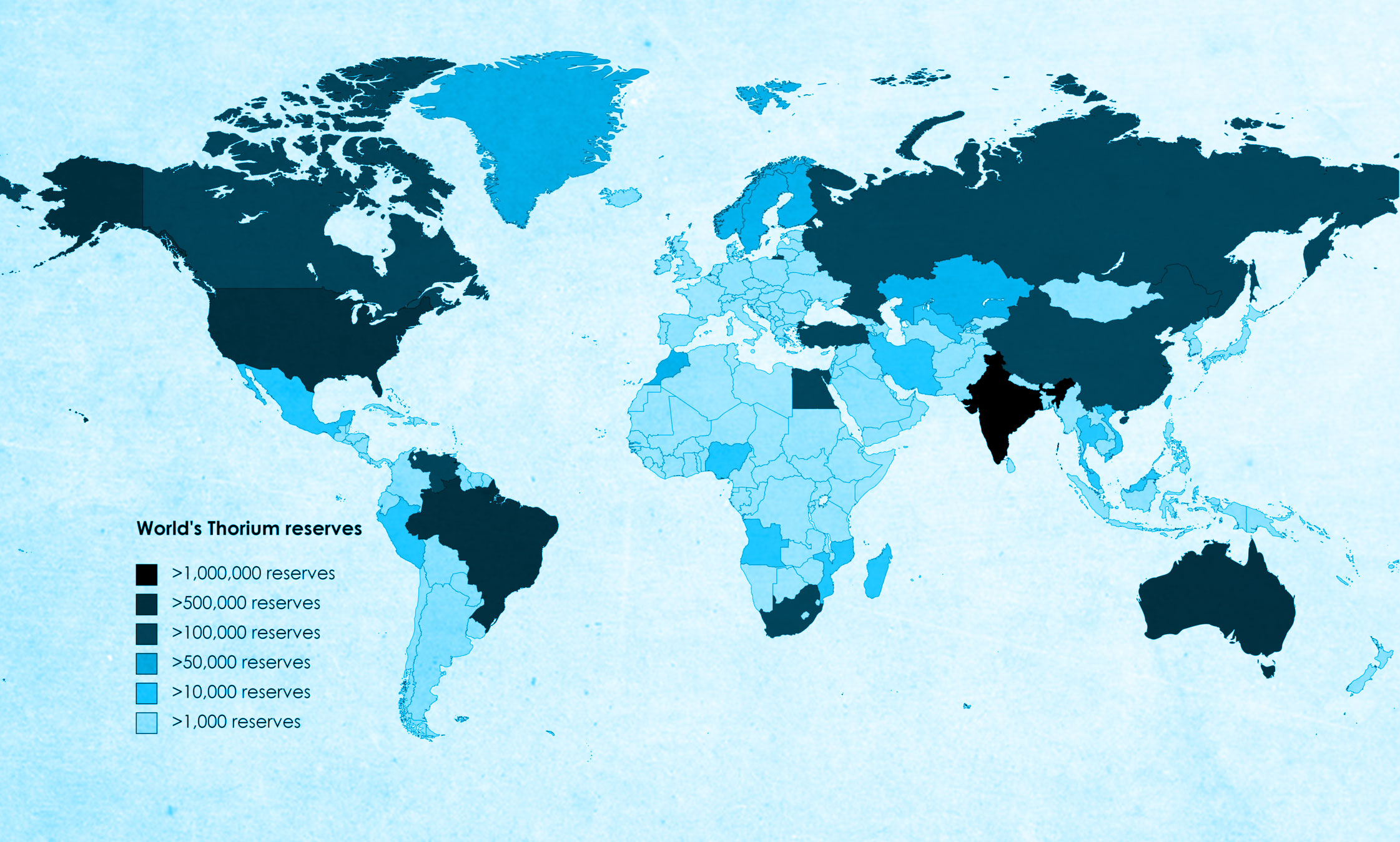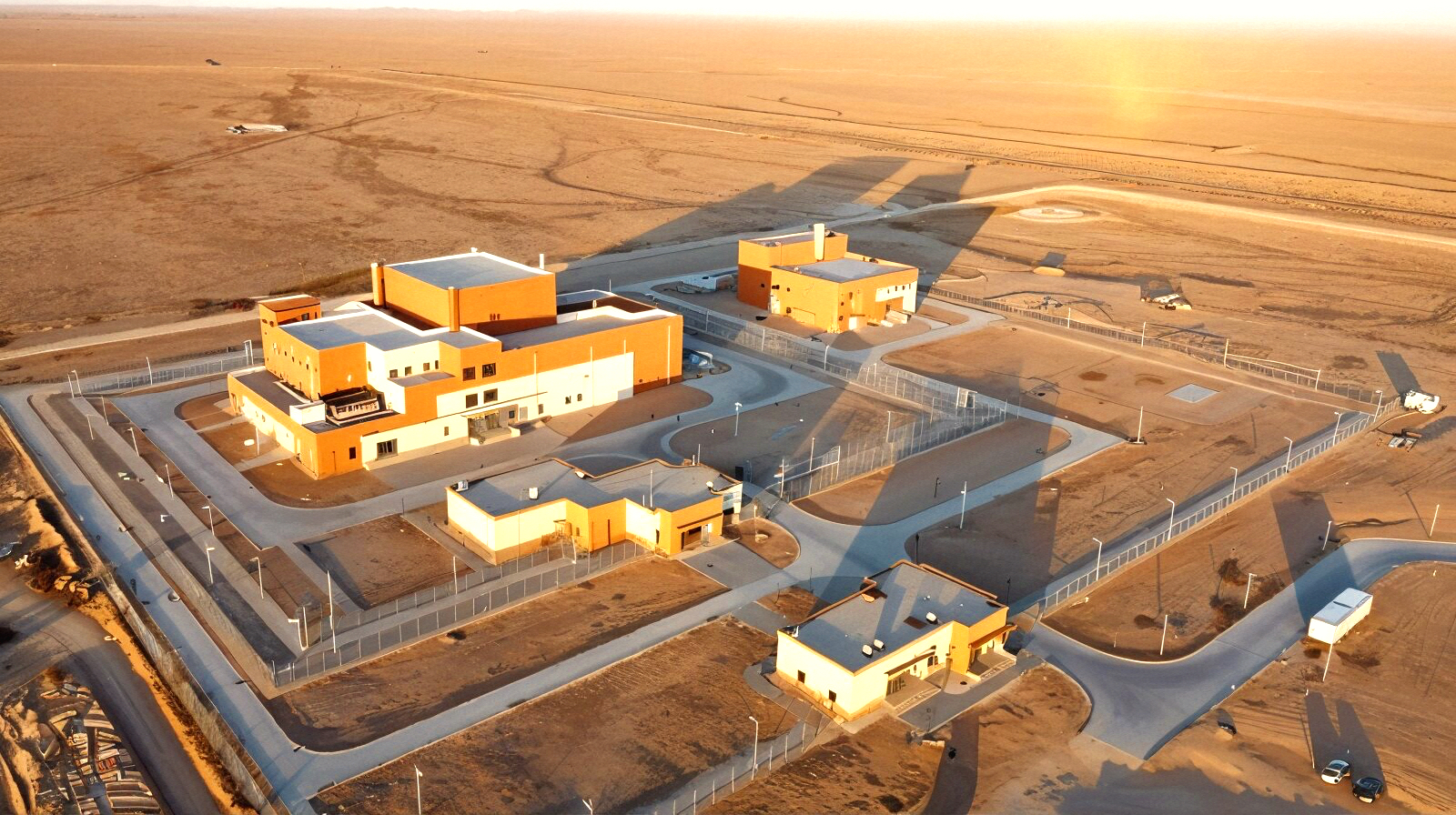A little-known element named after the Norse god Thor may offer a safer, cleaner route to long-term energy independence—and scientists say the world is overdue to pay attention.
Thorium has been largely overshadowed for decades, even among nuclear professionals, despite its promising track record as a fuel. While post-war nuclear development focused on uranium and plutonium—elements that powered early reactors but produced vast amounts of hazardous waste and several high-profile accidents—a parallel path once existed. That alternative, championed by Oak Ridge National Laboratory director Alvin Weinberg, used thorium-232 in molten salt reactors to breed uranium-233, offering greatly improved safety and efficiency.
Oak Ridge successfully operated a molten-salt thorium reactor from 1965 to 1969. The project demonstrated reliable, low-pressure operation with minimal risk of meltdown, and most of the remaining technical hurdles have long since been solved. Yet the technology was shelved, not for scientific reasons, but because it did not support military weapons programs.
Thorium-based liquid fluoride reactors bring several major advantages. Thorium is four times more abundant than uranium and is already stockpiled in the United States as a mining byproduct. It poses little radiological danger in its natural form. LFTRs cannot melt down or explode due to their inherent physics, and their smaller, simpler design makes maintenance far safer. They also generate about 80% of their own fuel once running, drastically reducing the need for external fissile material.
Waste from thorium reactors is equally compelling: only a fraction of the volume produced by traditional uranium systems, with hazardous decay times measured in centuries rather than millennia. The byproducts are unsuitable for nuclear weapons, removing a key proliferation risk.
The potential energy yield is staggering. Nobel laureate Carlo Rubbia estimated that one ton of thorium can produce as much energy as 200 tons of uranium—or 3.5 million tons of coal—making it a long-term, low-cost resource capable of powering societies for generations.
So why don’t thorium reactors dominate today’s energy landscape? Cold War politics played a decisive role. Uranium-based reactors aligned neatly with the weapons programs of the era, while thorium did not. When military priorities prevailed, the thorium program at Oak Ridge was cancelled and Weinberg was pushed aside.
Interest, however, is returning. India and China are moving aggressively on thorium research, with Norway and Russia not far behind. The United States and Israel maintain smaller programs but have shown little willingness to promote thorium to geopolitical rivals. Meanwhile, the entrenched uranium industry continues to resist a shift that would disrupt its profitable fuel cycle.
Thorium’s promise is real, but advancing it may require bold investment from innovators rather than traditional energy players. As nations search for carbon-free baseload power that avoids the pitfalls of legacy nuclear systems, thorium’s long-ignored potential is once again impossible to overlook.







